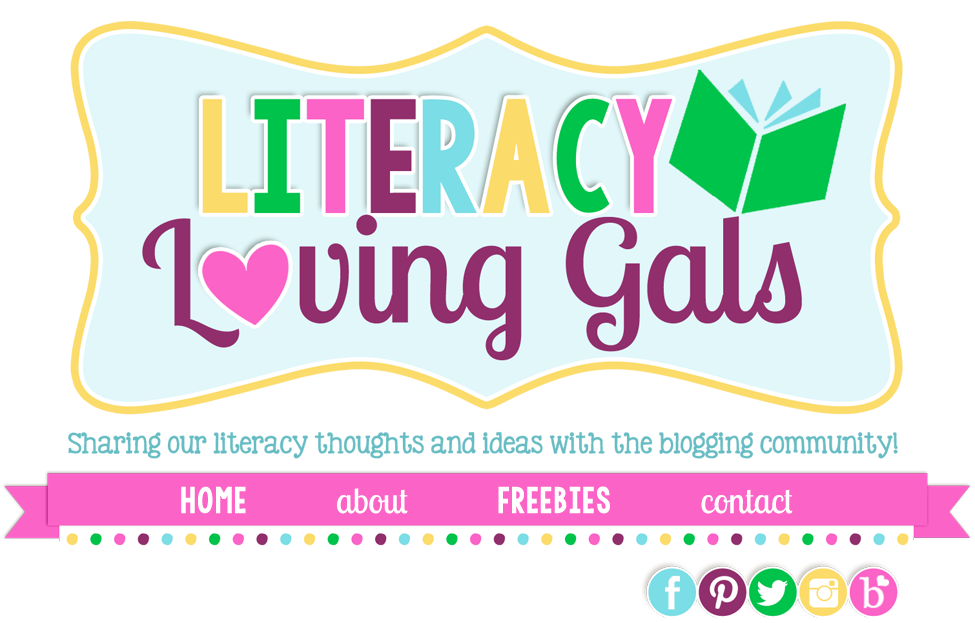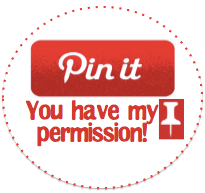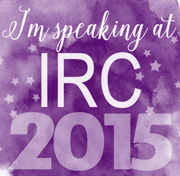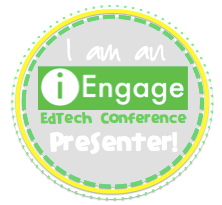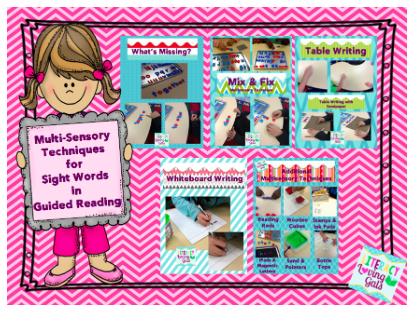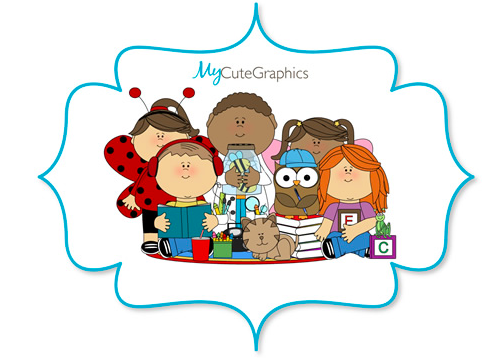This #D100bloggerPD book study is dedicated to Matt Miller's Ditch That Textbook: Free Your Teaching and Revolutionize Your Classroom. If you want to lead your students in educational practices that are innovative and engaging, read this book. It's yet another invaluable book published by Dave Burgess Consulting, Inc., and highlights Matt Miller's journey in creating a classroom where great learning experiences happen for students.
The book is divided into four sections: Why Go Digital?, Ditch That Mindset, Ditch That Textbook, and Ditch That Curriculum. My post for the book study kickoff consists of a portion of section one: Why Go Digital?, which includes the Introduction and the first four chapters: Chapter 1: Free Access, Chapter 2: Boost Your Efficiency, Chapter 3: Use Technology to Defeat Insecurity, and Chapter 4: Empower Students to Find Their Passions. The chapters are brief, to the point, and filled with stories, advice and tips based on Miller's classroom experiences, so it's an effortless and fun read. Ready to dig in? :)
In the introduction to his book, Miller claims "...this book is about evolving and finding better ways to teach (p.2)." He assists in equipping our proverbial tool belts with practical, hands-on ideas that incorporate technology to globally connect our students to the world. Most likely, we all have the desire and the power to unlock the doors to fully engaged students. However, first, we must get uncomfortable, jump into the unknown, seek more advantageous ways to engross students in learning, and, of course, take risks.
On page 5, it states, "Ditch That Textbook is designed to be a support system, toolbox, and manifesto. It's a collection of ideas, considerations, and suggestions to help you free yourself as an educator to create the classroom and the teaching style you want." Let's take a look at Miller's DITCH model, which will help you get started in revolutionizing YOUR classroom.
_____________________________________________________________________________
Why Go Digital?
Chapter 1: Free Access
Miller started out the chapter by jumping back in time with a scenario of aspiring to connect with John Dewey, the groundbreaking educational thinker and reformer from the 1900s (p.9). Miller went on to explain the lengths it would have taken him to have a mere dinner conversation with Dewey back in 1904, when Dewey was at the University of Chicago. The duration of time necessary, including the hypothetical traveling and boarding expenses, were all considered. Needless to say, it would have been quite a laborious effort for Miller to have had a professional conversation with John Dewey.
Nowadays, however, we live in a digital world. We have access to technology, which provides an unrestricted ability to globally connect with others at a much faster rate, including researchers, authors, educators and groundbreaking educational thinkers. Using Skype, Google Hangouts, Voxer, FaceTime, and many more, are all possible from the comforts of our own home. As teachers, it is our obligation to harness these platforms, not only for our own professional development, but to apply within the classroom to better expand students' digital citizenship skills, and more fittingly prepare students for the future.
The best thing, of course, is that connecting worldwide is FREE (for the most part). Students are now able to move from local to global connections at the touch of a button. They can learn from classrooms around the world, not just peers in their school. Take a peek below at some valuable quotes from Chapter 1: Free Access. The gist? Get out there and try something new, alongside your students!
- These previously impossible connections can revolutionize education-- if teachers are willing to give them a shot (p. 12).
- Instead of testing a new idea or tool, "paralysis by analysis" takes hold. We overanalyze new options, mull over all of the things we don't know, think about how students will react, and then we don't act! (p. 12).
Chapter 2: Boost Your Efficiency
Who wouldn't want to be more streamlined when it comes to preparing lessons for the classroom? This chapter justifies how technology can make life much more simple by working smarter and faster, not harder.
Teachers now have the power to digitally distribute files and information with students through the use of Google Forms and Documents, as well as get assignments auto-graded with Google add-ons like Flubaroo (p.15). Miller stressed that, though we may love it, teaching is not our entire identity. It shouldn't consume our lives. Using technology to our advantage in the classroom, then getting out in the world to enjoy life with family and friends, is a wise decision. #agreed ;)
Chapter 3: Use Technology to Defeat Insecurity
This chapter proposed a way to provide support to students who may be weary of contributing their opinions and thoughts aloud in class discussions. Backchannels, or online discussion spaces, give a voice to every student. Using them is a worthwhile way to encourage students to privately contribute to classroom discussions, until they become comfortable in outwardly sharing in class.
Miller discussed a particular student, named Kay, whom he had a difficult time connecting with and getting to participate in class. Only after various failed attempts was Miller able to find a way for Kay to express herself through the use of TodaysMeet.com. He claimed it to be a simple and easy-to-implement backchannel to get his students engaged in discussions and to ask and answer questions. Regarding his student, Kay, Miller stated, I wish I would have given her more alternative opportunities to showcase her genius in my class. Our best course of action is to allow those 'I wish I would have...' moments to motivate us to improve for the next round of students (p.19). So true!
On another note, unfortunately, TodaysMeet.com is no longer up and running. I'm so sad about this! I thoroughly enjoyed using this backchannel platform with my students because it displayed students' thinking in real time. (Click HERE to learn more about how I use backchannels with my kiddos.)
However, don't fret. There are many alternatives out there, including Padlet, Flipgrid, Twitter, Google Docs, and now Yo Teach!, known as "the new alternative to TodaysMeet." A thank you goes out to Mona, an iCoach in my district (who is also part of this book study), for sharing a tweet about Yo Teach!
Chapter 4: Empower Students to Find Their Passions
Miller describes how students are certainly capable of "playing school" and having ways of being compliant, such as studying for and doing well on tests and completing all assigned activities, worksheets, and more. However, students also seem to be graduating ill-equipped for real life, even if they are able to graduate at the top of their class.
It's time to stop the old-fashioned sit and get mentality of schooling and start developing engaged, innovative, self-starting students. That is what future employers desire and seek to have in the workforce. Students who are able to tap into the ample resources available at their fingertips and the eagerness to explore those resources. Fostering creativity and cultivating students' imaginations will give them the drive to find their passions and purpose in life. We've all come across people in uninspiring jobs, but would we want that for our students? Of course not. Take a peek below at some constructive quotes from Chapter 4: Empower Students to Find Their Passions.- Students everywhere are drowning in busywork: worksheets, workbook pages, and repetitive, simplistic activities. For decades, students have been stuck in the 'do what I'm told' mentality (p.22).
- When teachers determine to ditch their textbook mentalities, practices, and curricula, they often find it easier to help students discover what motivates them (p. 24).
- When you use the Internet and online tools to expand the scope of your class, you can open your students' minds to new possibilities and empower them to explore what drives them (p.25).
Thanks for stopping by Literacy Loving Gals to support the kickoff of the #D100bloggerPD book study. As the study continues in the upcoming weeks, the hyperlinks to each #D100bloggerPD crew member's post will be added HERE, to keep Matt Miller's tips from Ditch That Textbook in one spot. Click the image below to access Miller's Podcast to dive a bit deeper into his content. There are over 100 podcasts. #impressive :) We hope you continue to follow along with us! Next up, Tales of an iCoach with Chapters 5-9.
